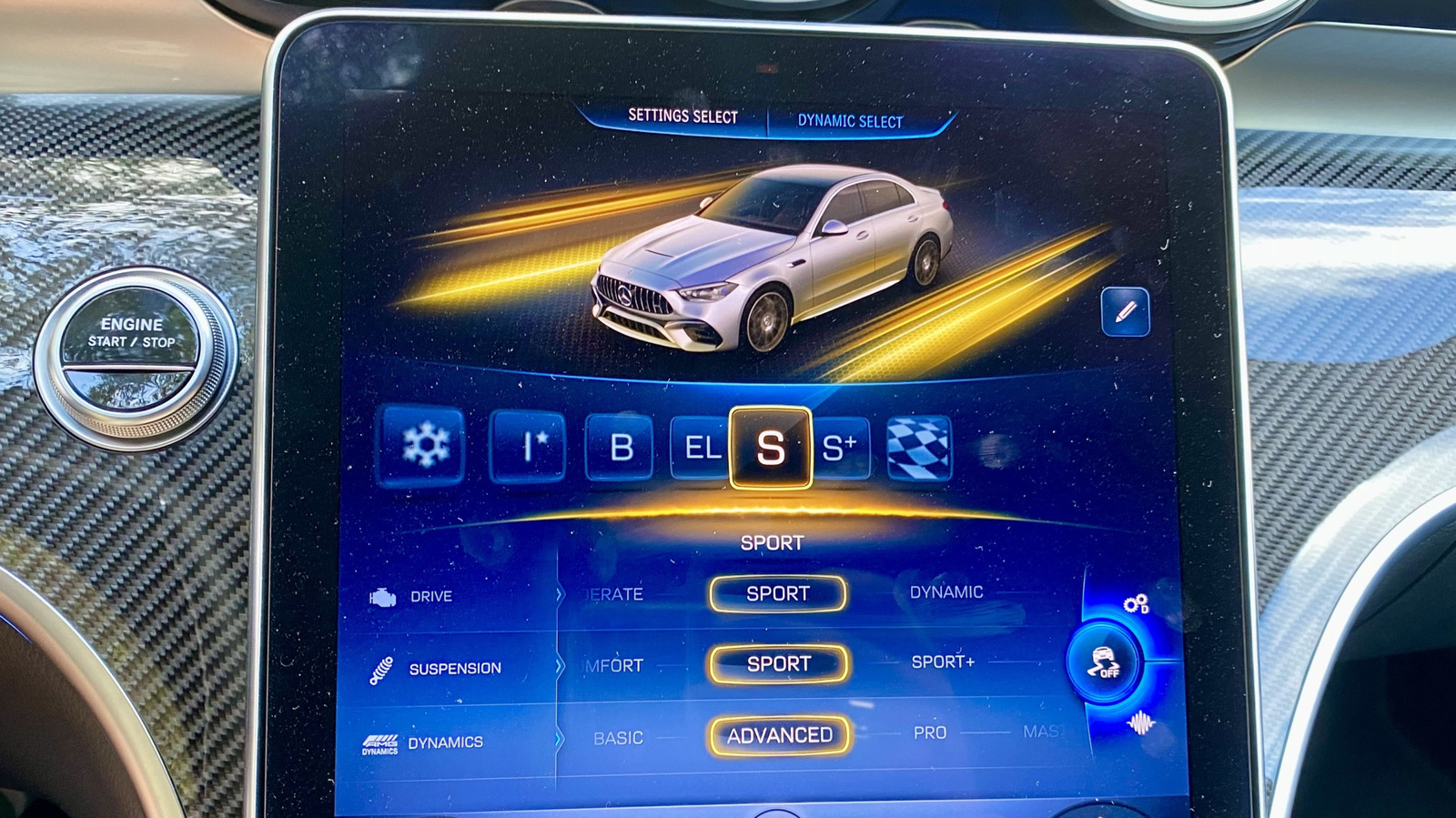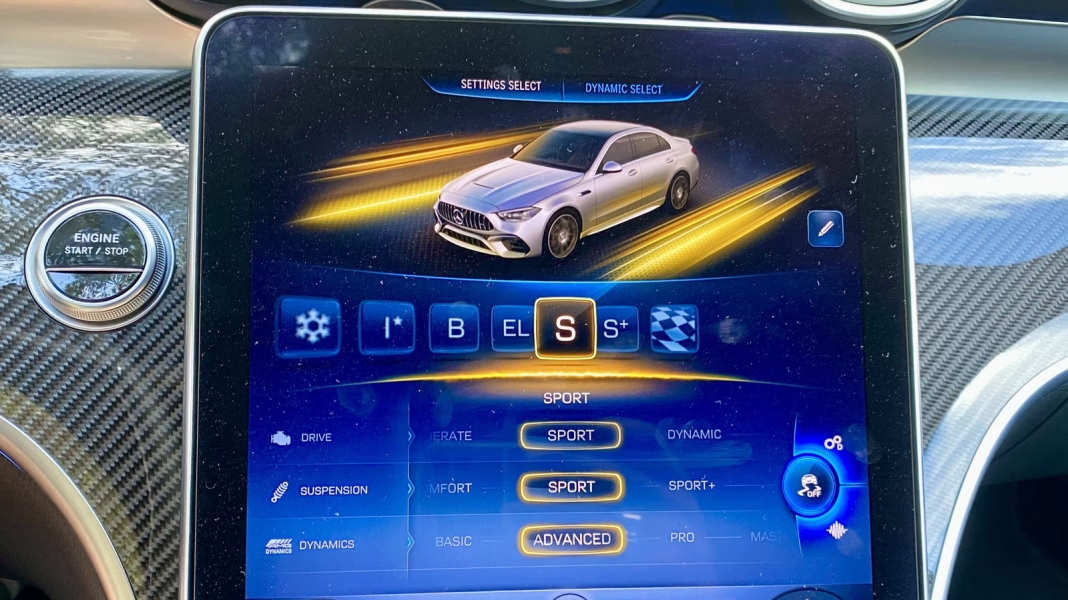The quest for the ultimate do-it-all car has become a fascinating journey for both automakers and consumers alike. With the automotive landscape constantly evolving, it’s easy to get swept up in the latest trends—like the seemingly endless array of drive modes. But let’s take a step back and ask: do we really need 15 different drive modes to enjoy a well-rounded driving experience?
### Why So Many Drive Modes?
Many modern vehicles come equipped with a plethora of drive modes, each promising to enhance performance in specific conditions. From eco to sport, and everything in between, these options can make it feel like you’re piloting a spaceship rather than simply driving a car. But here’s the kicker: do these modes genuinely improve the driving experience, or do they just complicate it?
In theory, having multiple drive modes allows drivers to tailor their vehicle’s performance to their preferences or the driving conditions. However, in practice, this often leads to confusion. A driver might spend more time fiddling with buttons and settings than actually enjoying the ride.
### The Case for Simplicity
Imagine hopping into a car that just feels right from the get-go. No need to adjust settings for every little change in the environment. A well-designed vehicle should handle a variety of conditions seamlessly. Think about it: when was the last time you felt the need to switch modes just to navigate a pothole or cruise on the highway?
The beauty of driving lies in the connection between the car and the road. A vehicle that can adapt naturally to different scenarios without requiring constant adjustments is not only more enjoyable but also safer. When drivers can focus on the road instead of toggling through settings, they’re less likely to become distracted.
### Real-World Examples of Effective Design
Take a look at some of the most beloved cars on the market. Many of them, like the Honda Civic or the Mazda MX-5, are celebrated for their straightforward driving dynamics. They don’t overwhelm drivers with options; instead, they offer a balanced experience that feels intuitive. These cars are designed to perform well in various conditions without the need for excessive customization.
Moreover, brands that prioritize a holistic approach to vehicle design often see higher customer satisfaction. For instance, Tesla has garnered a loyal following not just for its electric technology but also for its user-friendly interface and driving experience. The focus is on making the car enjoyable to drive, regardless of the situation.
### What Should Automakers Focus On?
So, what can automakers do to strike that perfect balance? First and foremost, they should prioritize a solid foundation in vehicle dynamics. This means investing in quality suspension systems, responsive steering, and reliable braking. When a car is engineered to perform well under a range of conditions, the need for multiple drive modes diminishes.
Additionally, automakers should consider user feedback more seriously. Engaging with customers to understand their real-world driving experiences can provide invaluable insights. Instead of adding more features that might not be used, manufacturers could refine existing systems to enhance overall performance.
### The Road Ahead
As we navigate the future of automotive design, it’s essential to remember that less can often be more. The big takeaway? The perfect do-it-all car isn’t about cramming in every possible feature or mode—it’s about creating a vehicle that drives well in the first place.
Next time you’re in the market for a new ride, think about how it feels to drive. Look for that balance of performance and simplicity. Start with one change this week, and you’ll likely spot the difference by month’s end.


